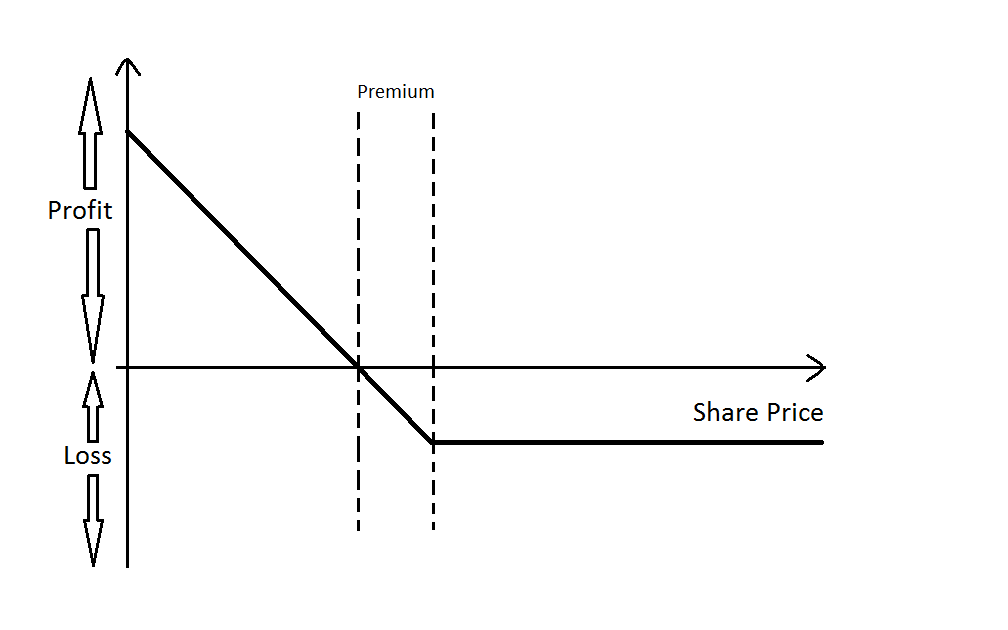

It was perceived to be used evenly across the course of the business. The machine has a useful life of 10 years. purchased machinery worth $50,000 on 1 st January 2010. The concept of write-offs, as well as the accounting treatment for write-offs, is illustrated in the following example:Ībjad Co. See also Accounting for Subsidiary: Using Consolidate and Equity Method Example for Write-offs The main accounting procedure that is undertaken by companies in order to write off the given asset is to reduce the asset by the specific amount and charge a similar amount to the Income Statement as a loss. This holds true for both, Current Assets as well as Non-Current Assets. In this regard, it is important to make sure of the fact that the assets need to be written off in order to align the fair value of the asset with the historical cost.

This is to ensure that the financial statements are not overstated by the company. Accounting Treatment for Write-OffsĪll assets are supposed to be declared at fair value by the organizations.

Outstanding Recoverable: For companies that sell goods and services on credit, bad debts are a common occurrence.Hence, these assets need to be written off from the Balance Sheet, since they no longer fulfill the asset recognition criteria laid out by assets. Asset utilization with no salvage cost: This category is for assets that have reached the end of its economic life, and they are no longer supposed to be used by the business.Multiple different scenarios might occur when accountants might choose to consider this particular aspect: Write-Offs are mostly executed at the discretion of the management of the company. In the same manner, write-offs are also executed by companies so that there is proper clarity in the financial statements pertaining to financial statements within the company. See also Write-Off and Disposal – How Are They Different? The main reasoning behind this particular process of write-off ensures that the asset outlay of the company is properly accounted for. The process of write-off is mostly undertaken by accountants during the regular course of business. This is because it is considered to be counterproductive to account for changes in the fair value of these smaller assets, particularly when the materiality threshold is not that significant pertaining to these assets. In the same manner, impairment losses are also not incurred on low-cost assets. For assets that have been possessed by the organization for a longer period, the carrying value already tends to be low (and aligned with the fair value) because of the ongoing depreciation that is charged on a yearly basis. Mostly, impairment losses take place for assets that are relatively newer on the firms’ portfolios. In the case where the fair value of the asset falls greater than the carrying amount of the asset, the difference is supposed to be written off as an impairment loss. The main reason for the decline in the value of the asset mainly occurs because of the fall in the fair value of the asset. Impairment or impairment loss is defined as a recognized deduction in the carrying amount of a particular asset. Hence, writing off the given asset is the option that accountants mostly resort to. Since it would be no longer used by the company, it bears no economic value. The process of write-off itself is a transaction that needs to be made in the financial statements as journal entries or adjusting entries to communicate that an asset is no longer for use by the business. Therefore, in other words, the process of write-off entails eliminating a given item from the books of accounts. This is primarily resulting from the underlying need to record the given asset at fair value, so that a better, and more accurate depiction can be declared in the financial statements. Write-Off can be defined as the process undertaken by accountants to remove a specific asset from the financial statement.


 0 kommentar(er)
0 kommentar(er)
